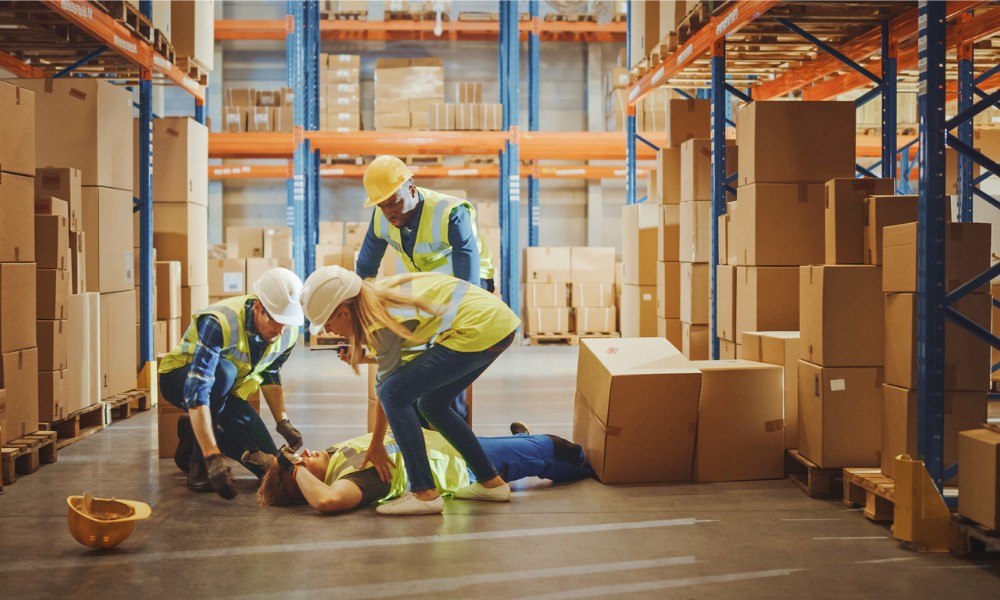
Workplace safety is a top priority for employers, as it not only protects employees from harm but also ensures a productive and efficient work environment. Preventing serious injuries at work requires a proactive approach that involves implementing safety protocols, providing proper training, and maintaining a hazard-free workplace. In this blog post, we will explore essential safety measures employers can adopt to safeguard their employees and create a safe working environment.
Conducting Comprehensive Risk Assessments:
Employers should conduct thorough risk assessments to identify potential hazards in the workplace. This involves analyzing work processes, equipment, and facilities to determine any risks that could lead to serious injuries.
Implementing Safety Protocols and Policies:
Once potential hazards are identified, employers should establish clear safety protocols and policies to address them. Employees should be informed about these safety measures and receive proper training on their implementation.
Providing Adequate Safety Training:
Proper safety training is crucial for preventing injuries. Employers should ensure that employees receive comprehensive training on using equipment, handling hazardous materials, and following safety protocols.
Maintaining Well-Functioning Equipment:
Regular maintenance and inspection of machinery and equipment are essential to prevent accidents caused by malfunctioning or worn-out tools. Faulty equipment should be repaired or replaced promptly.
Encouraging Reporting of Safety Concerns:
Employers should foster a culture where employees feel comfortable reporting safety concerns without fear of reprisal. Encouraging open communication ensures that potential hazards are addressed promptly.
Providing Personal Protective Equipment (PPE):
Employers should supply appropriate personal protective equipment, such as safety helmets, gloves, and goggles, to employees working in hazardous environments. Proper use of PPE significantly reduces the risk of injuries.
Preventing Slips, Trips, and Falls:
Slips, trips, and falls are common causes of workplace injuries. Employers should maintain clean and dry floors, use anti-slip coatings, and provide adequate lighting to prevent such accidents.
Conducting Regular Safety Drills:
Emergency preparedness is essential in any workplace. Employers should conduct regular safety drills to ensure that employees know how to respond in case of an emergency, such as a fire or natural disaster.
Promoting Ergonomic Practices:
Ergonomic practices are vital in reducing the risk of repetitive strain injuries and musculoskeletal disorders. Employers should provide ergonomic workstations and encourage proper lifting techniques.
Regular Safety Inspections:
Regular safety inspections should be conducted to ensure that safety protocols are being followed, and any potential hazards are promptly addressed. Inspections help maintain a safe and compliant workplace.
Preventing serious injuries at work requires a proactive and comprehensive approach from employers. By conducting risk assessments, implementing safety protocols, providing training, and maintaining a hazard-free workplace, employers can create a safe environment for their employees. Investing in safety not only protects employees from harm but also enhances productivity and fosters a positive work culture. Let’s prioritize workplace safety and work together to prevent serious injuries and create a secure and thriving work environment.
